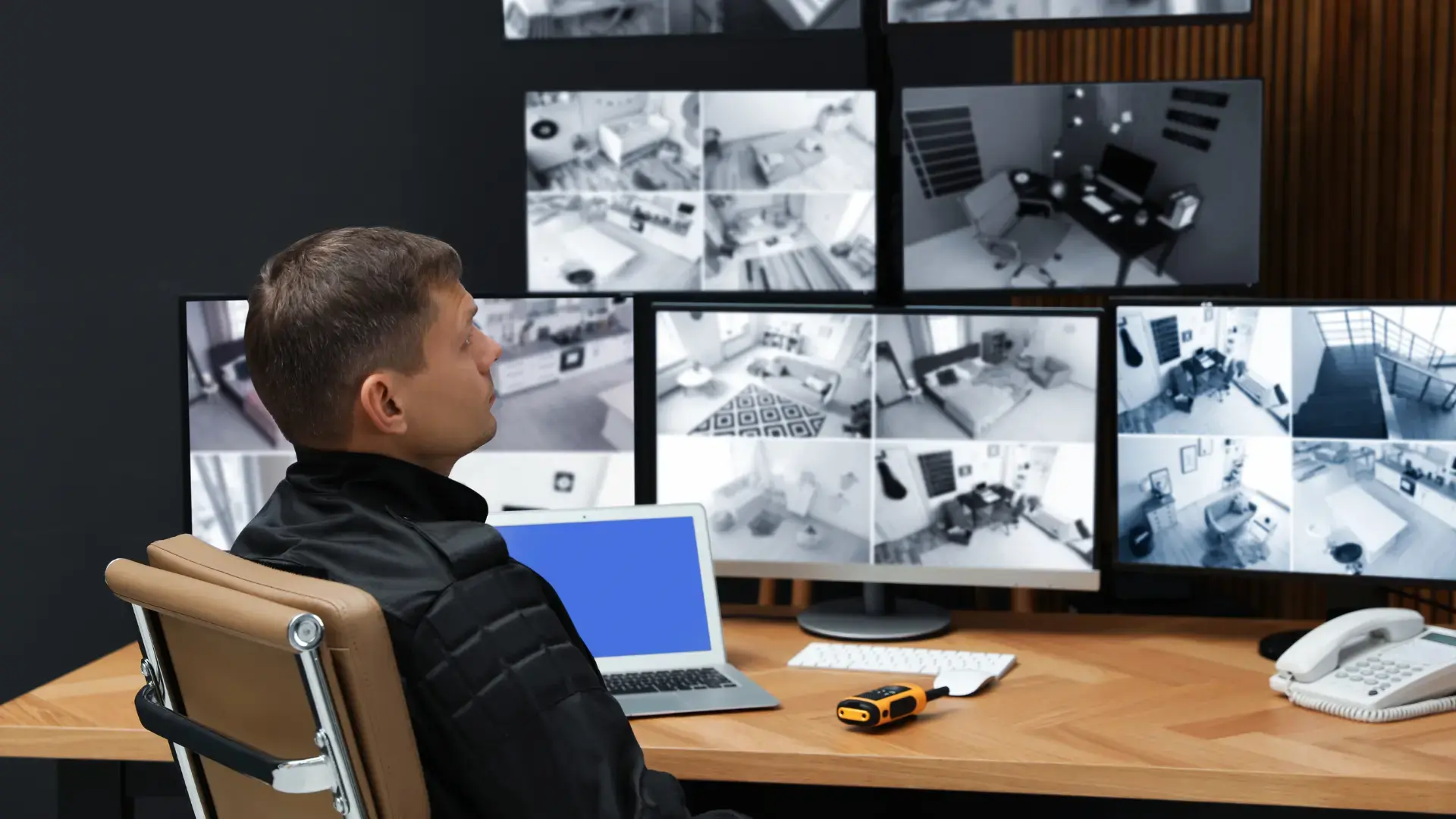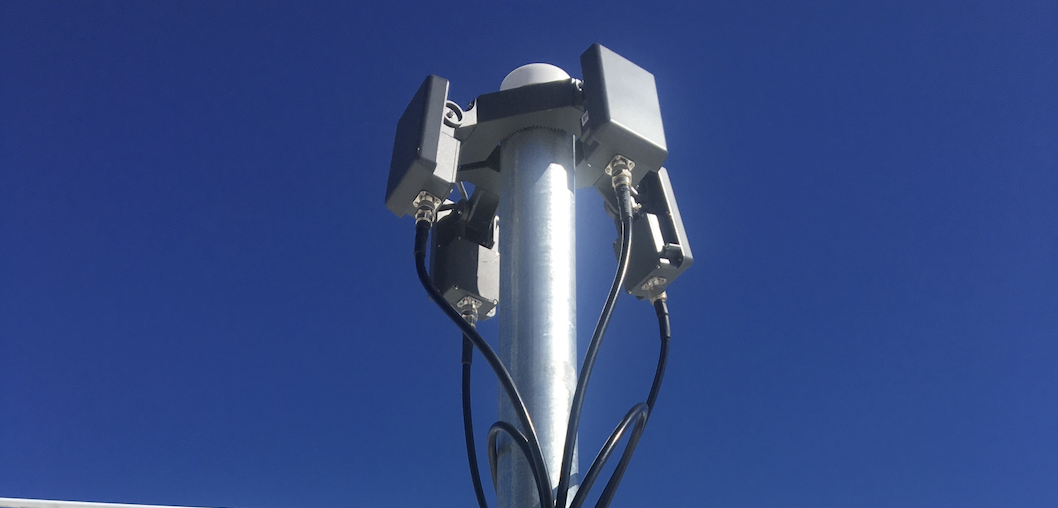Detecting a drone is only the first step. The critical question is—what happens next?
At AirSight, we’ve previously explored the importance of on-site coordination in managing aerial threats. In our blog “Fostering Better On-Site Coordination to Counter Emerging Aerial Risks,” we emphasized that effective communication, clear team roles, and real-time information sharing are essential to mitigating drone risks. But detection and coordination are just the beginning.
To truly secure your airspace, you need a comprehensive Drone Response Plan—one that accounts for split-second decision-making, cross-agency collaboration, legal protocols, and continuous improvement. Without a structured, rehearsed plan, even the most advanced drone detection system can only take you so far.
This blog will guide you through the key phases of building a response plan that goes beyond detection—and into action.
1. Establish a Drone Response Team
When a drone is detected, who takes charge? Who verifies the alert? Who contacts law enforcement?
Building a dedicated Drone Response Team ensures each person knows their role. According to guidance from the Cybersecurity and Infrastructure Security Agency (CISA), response teams should include:
- Security personnel and operators trained in drone detection.
- Communications leads to notify internal teams and external agencies.
- Liaison officers who coordinate with law enforcement, emergency services, and the FAA.
These roles must be supported by clear communication channels—whether through two-way radios, automated SMS alerts, or incident management platforms.
Real-world reference: After the 2018 Gatwick Airport drone shutdown, investigators cited a lack of immediate coordination protocols as a key failure point.
2. Conduct Threat Zoning and Risk Assessment
Every site has unique vulnerabilities. Airports, stadiums, correctional facilities, and corporate campuses all face different drone risks.
Map out priority zones where drone incursions would be most damaging—such as airfields, power substations, or sensitive rooftops. Combine this with an analysis of typical drone flight paths, environmental factors, and likely operator locations to build a customized threat profile.

3. Develop Standard Operating Procedures (SOPs)
When a drone is detected, your team needs step-by-step protocols:
- How to verify detection using RF, radar, or visual confirmation.
- How to escalate the incident based on drone proximity, speed, and behavior.
- When to activate emergency procedures or call for law enforcement intervention.
Following FAA-recommended practices, your team can use the DRONE mnemonic:
- Direct attention to the drone.
- Report to the proper authorities.
- Observe and track the drone’s activity.
- Notice features (color, size, lights).
- Execute the response plan based on the threat level.
Your SOPs should clearly define response tiers, from basic observation to full site lockdown if a drone shows hostile intent.
4. Prepare for Evidence Collection and Forensics
Even if you can’t always neutralize a drone, gathering evidence is crucial for prosecution and future threat prevention.
Your Drone Response Plan should cover:
- How to log detection data in real-time (including RF signatures, timestamps, and GPS locations).
- How to safely recover downed drones (referencing INTERPOL’s Drone Forensics Guidelines).
- How to coordinate with law enforcement to transfer evidence securely.
Example: INTERPOL emphasizes preserving drone telemetry, camera feeds, and operator control signals as critical forensic assets.
5. Coordinate with Law Enforcement and Regulators
Drone response is not a solo operation. Fast, clear coordination with local law enforcement and the FAA’s Regional Operations Center (ROC) can prevent escalation.
Important considerations:
- Understand that U.S. law prohibits most non-federal entities from using jamming or kinetic countermeasures.
- Pre-arranged communication pathways and joint protocols will speed up response times.
- Post-incident debriefs with law enforcement can improve future collaboration.
As we highlighted in our previous blog, this inter-agency coordination is the backbone of effective airspace security.
6. Train, Drill, Repeat
A Drone Response Plan is only as good as the team executing it.
- Run regular simulations that walk through drone detection, threat assessment, evidence collection, and site lockdown scenarios.
- Involve external partners like law enforcement and emergency responders in joint drills.
- Test communication tools like two-way radios, digital maps, and alert systems under real-world conditions.
The Department of Homeland Security (DHS) has consistently stressed the need for UAS response exercises to build muscle memory and ensure readiness.
7. Conduct Post-Incident Reviews and Continuous Improvement
Every drone incident—real or simulated—should trigger an after-action review:
- How quickly was the drone detected?
- Were communications effective?
- Were SOPs followed?
- Did law enforcement coordination work as expected?
Feed this data back into your security protocols. Adjust threat zoning, update SOPs, and refresh training materials to reflect new tactics or drone technologies.
With AirGuard’s detection history and reporting tools, these reviews can be data-driven and actionable.
Final Thoughts: Detection is Only the First Step
At AirSight, we believe that drone security is a proactive process. Detection technologies are essential—but without a practiced, coordinated, and well-documented response plan, your defenses remain incomplete.
In our earlier blog on Fostering Better On-Site Coordination, we emphasized how teamwork, training, and communication can transform a detection event into an effective security response.
This article takes that foundation further: You need a Drone Response Plan that moves your team from awareness to decisive action.
By building, drilling, and continuously improving your response capabilities, you ensure that when the next drone appears, you’ll be ready.











